Coach Hugo’s Blog:
Can we push ourselves to the limit?
This blog explores the ideas of the Central Governor Theory & the impact of the mind more generally in endurance performance in runners
As a coach I often say something like: “run with 80% effort”. Lately I realised that it’s kind of a weird thing to say, as it assumes we can measure our effort level precisely. The true purpose is to make clear that a certain training session should not be excessively hard and to give a ballpark guide to the athlete as the intensity expected.
So if I say 80% effort the on a scale of 1 to 10 (with 1 being minimal effort and 10 being as hard as possible), it should be an 8 or so. But what this term assumes, is that there is a certain fixed maximum. A certain limit. If there is an 80% effort level, there must be also be a 100% effort level.
For a long time, this is also what scientists believed and what some still believe; Our body puts a physical limit on us. At some point, we have reached that limit. For example when our glycogen is finished, or when our lactate levels reach a certain high. When that happens you have reached the maximum, you are done! You can improve yourself only by doing training. For example, to increase your glycogen stores and increase your ability to produce, use and tolerate lactate but you can’t go any harder.
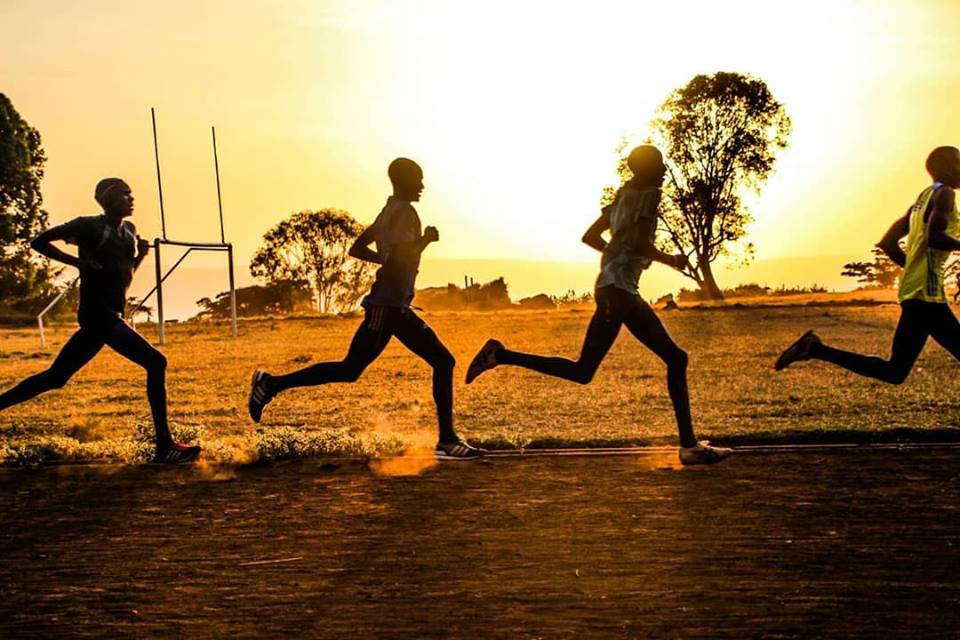
Around 1997 Timothy Noakes, a famous South African exercise scientist (writer of the book “The lore of running”) came with another theory. His scientific research showed him that when athletes said that they gave it their full 100%, when they thought that they had truly reached their limit, their muscles were still able to do more. He came up with the Central Governor Theory (CGT).
This theory says that tiredness is first and foremost controlled by the brain (the central governor of everything). The brain gets information from the body, such as depleted glycogen levels, a rising body temperature, high levels of lactate and so on. This physiological information signals to the brain that we are coming into the “danger zone”. The main function of the brain is to make sure we stay alive and that the brain itself gets enough oxygen. We may feel like we push as hard as we can, but there’s a deeper instinct that only cares about our well-being and health. One of Noakes key anecdote to prove his idea involves the 1992 Olympic Games where South African runner Josia Thugwane beat South Korea’s Lee Bong-Ju to marathon runnings ultimate prize by a mere 3 seconds. If you had asked Bong-Ju how much effort he had put in to try to win the race he would certainly report that he ‘gave it everything’. Yet mere seconds after crossing the line he was jogging around the track in celebration. Noakes argued that he was clearly no where near his physical limit despite his own perceptions of such.
In other words: Noakes’ Central Governor Theory says we never actually reach our limit, because our brain will force us to slow down before it gets too dangerous. Our brain puts a hand break on us. The purpose of training, in the eyes of Noakes, is not just to improve our physiology, but also to challenge the brain. Every time we dig deep, we teach our brain that ‘we can do this and it’s not too dangerous’, so that next time our brain will allow us to go a little bit further.
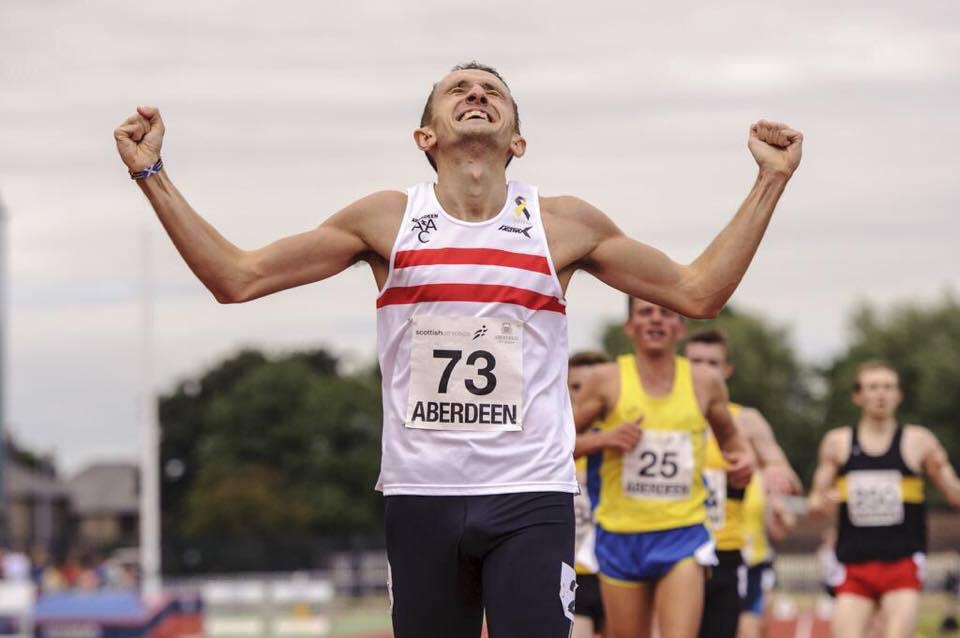
Myles Edwards winning the Scottish 1500m National Championships
Now, there is a lot to say for this. First of all, the more we know about the brain (which is still pretty little, I believe we are only at the starting point of getting to know how our brain works especially in a sporting context), the more we realise that our brain has impact on our physical performance. For example, in his bestseller “Thinking, fast and slow” Nobel Prize winner Daniel Kahneman describes research where people had to lift a weight until exhaustion. Those who had to do a mental task before the weight lifting (I believe it was about 30 minutes of doing some mathematical calculations), could not lift the weight as long as those who had no mental task. In other words; it looks like our brain can get tired from mental tasks, which then also impacts our performance on a physical test. This does not immediately show that Noakes’ theory is correct, but it does show that the brain impacts our performance. The difference in performance in this research could not be explained by something as simple as muscle tiredness.
In their book “Peak Performance”, writers Stulberg and Magness come with multiple examples of scientific research that show how our ability to handle pain or to perform, can be impacted by other mental tasks that appear unrelated. For example, when one had to resist a temptation (like not being able to eat that yummy chocolate bar) prior to doing a physical task, their performance on that task would decline. Stulberg and Magness conclude that ANYTHING which requires mental effort , including things as simple as making daily life decisions about which clothes to wear, makes our ‘mental muscle’ a little bit tired. When our mental muscle gets exhausted, we do worse on all the tasks in which the brain is involved, including hard training or races, because the ability to suffer requires full focus and our mental muscle needs to be very strong for that.
Secondly, science has also proven that we use only a certain percentage of our muscle fibres when we exercise. We can’t use the full 100%, even if we try our best. And at high altitude we recruit even less muscle fibres than at sea level. Our cardiac output is also reduced at altitude. We don’t really know WHY this is the case, but the most likely reason is something that is in line with the CGT: using all muscle fibres, would be dangerous for our body. We would possibly rupture a muscle or break our own bones. The same logic can explain that at altitude, our brain is even more careful with us, because there is less oxygen available and the survival instinct is raised.
Thirdly, when looking at our own experiences, most of us know that on some days we are mentally stronger than on other days. I remember when I was an athlete, there were clearly days when I was able to dig very deep and days I could not. For example, five days before the race I would do a last workout. On that day I was generally in great shape, but almost without exception, that session felt much harder than it should have felt. And the reason was pretty clear to me. Mentally I was not ready to suffer, because I was already preparing my mind for the suffering five days later. It was like I was charging my mental battery and I could not empty it in on that day. So the little suffering that I did, would feel very hard, but in a real sense I wasn’t coming close to my maximum, because a few minutes after training I felt recovered. I knew I had been training with the hand break on.
Fourth, as coaches and athletes we all know that there are differences between people. Some athletes say they gave it all in their race, but soon after the race they feel recovered. They are walking around talking as if nothing happened. Others can feel sick the whole day after a hard effort. This is often because the first athlete is not able to dig very deep, although his/her own perception is that he/she did!
All these things seem to support Noakes’ theory. However it also an idea which has had it’s critics. After all it’s a theory, and our understanding of this area is still in its infancy. But for me, there is no doubt the mind impacts our running performance in a very significant way.
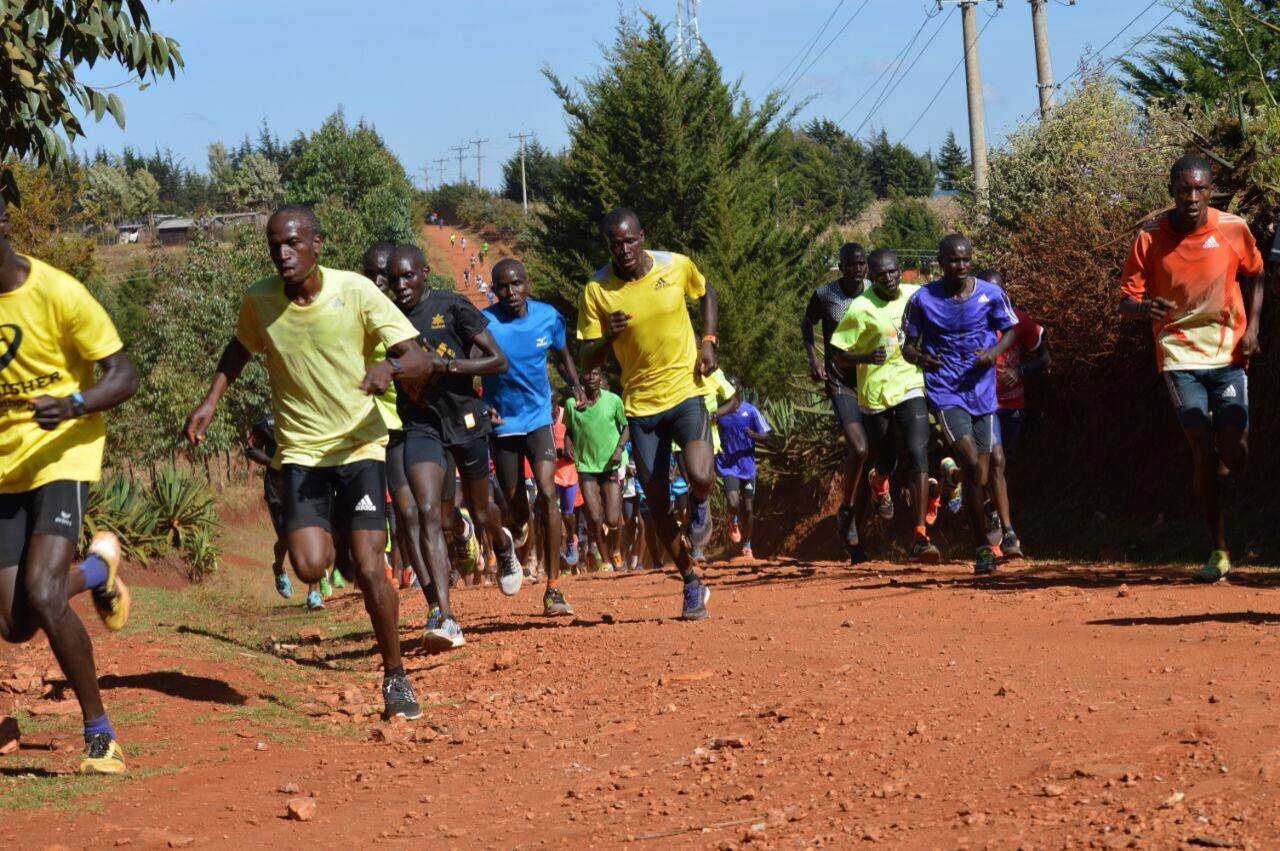
The famous Iten Fartlek
Another exercise scientist, named Samuele Marcora, refined Noakes initial work on the Central Governor Theory. He added motivation to the equation. Marcora says that it’s not simply the brain shutting down our body when we approach our limits, but that we compare our level of effort with our motivation. The more motivated we are, the more pain/discomfort we can handle.
I remember the moment I stopped being a professional runner, this idea became extremely clear to me. Suddenly I was not able to push myself in training. I kept running a few times per week and sometimes tried to push hard, but this was impossible. From my earliest days as a runner at 15, I was someone who could really dig deep. During training I often did not feel like I suffered, but I know I did and the rest of the day I would sit or lie at home feeling completely exhausted. But now, in my new life, I had no goal as a runner anymore and no motivation to go through that pain. When running hard, I felt like it was very painful and I thought of giving up all the time (something that never happened to me when I was a competitive athlete). An hour after my training was done, I felt completely fresh and realised that I had not gone anywhere near my true limit, yet at the time I would have said I was really exhausted.
I can make this story much longer, since there is so much to say about this subject and so many more examples to give, but to summarise my view having experienced these ideas in ‘real life’ as an International marathon runner and now taking a great interest as a coach, I would say that:
– There are clearly physical limits to our performance. There is no possible way a 2h30 marathon runner can outrun Eliud Kipchoge, even with the strongest mind. Talent and training are extremely important determinants of performance.
– But we should not ignore the impact of our mind. The majority of people are not able to tap into their final reserve and this has mostly mental reasons. Most top athletes have learned to come very close to their physical limits. They have trained themselves to be comfortable with suffering and don’t even experience it as such.
– The ability to suffer (which is another way of saying that you push yourself very close to your physical limit) does not only impact performance on a single day, but also greatly impacts your ability to improve over a prolonged period of time.
– Your ability to suffer and come close to your limit (in other words; to overrule the hand break that our mind puts on us) is very strongly related to your motivation. There are many examples of athletes who, once they found a very strong motivation, started to improve tremendously, while they had been training for years without much improvement.
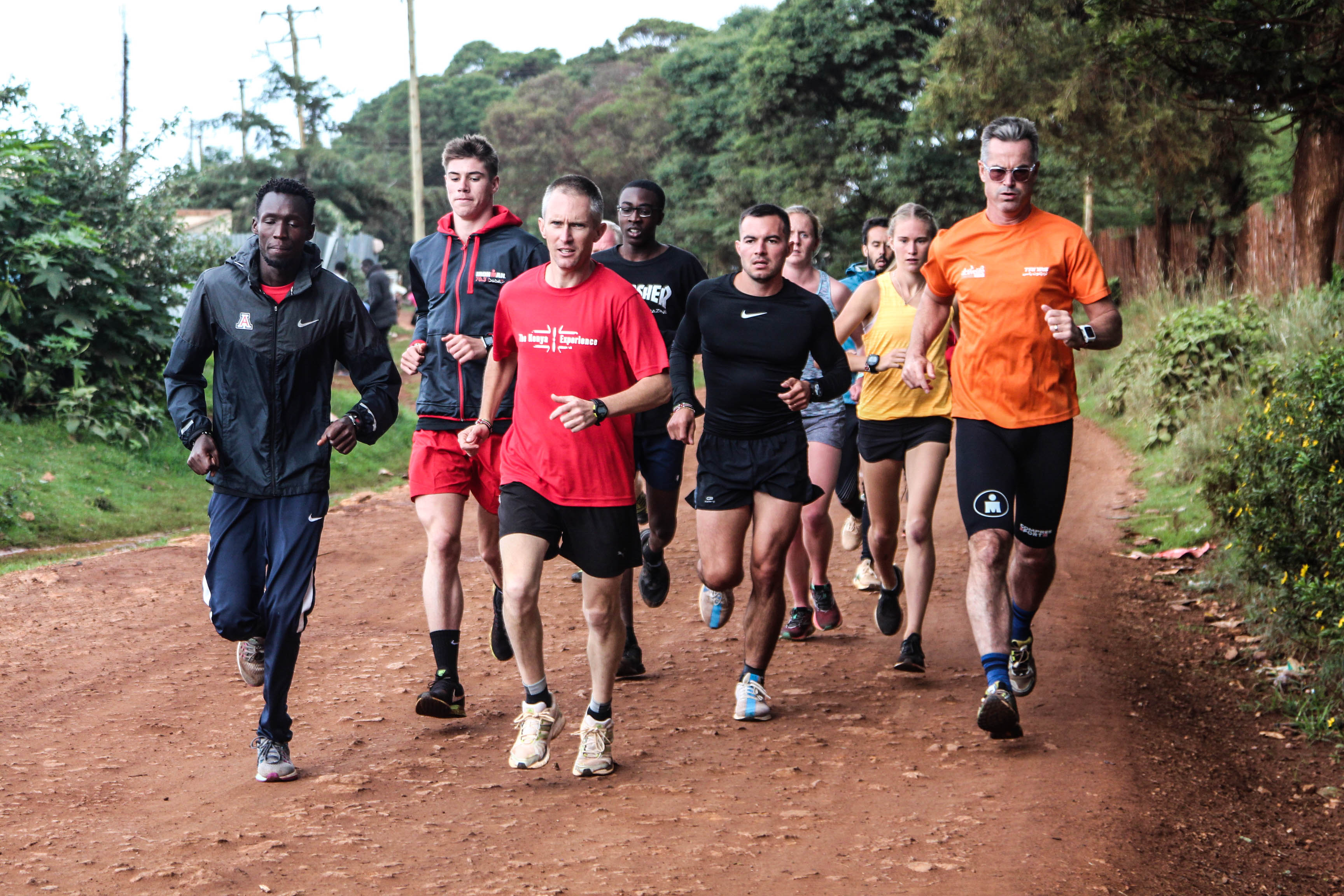
Coach Hugo leading a group of Kenya Experience guests for a training session in Iten
My top 3 tips to come as close as possible to your physical limits:
– Train consistently and sometimes dig really deep. Teach yourself to get comfortable with pain. Pick a certain session (might be once in 2-4 weeks), where you try to go all out and after this allow yourself to recover well, physically and mentally, by taking it easier in the days after. If you don’t run regular races, plan time trials in your training.
– Start mental training, like visualisation exercises and meditation/concentration exercises. See one of my previous columns. If you want to do this well, turn to a sport psychologist.
- Find what motivates you. Know your why! Why do you run? Why do you wake up early and run outside in the cold? Why would you put down the hammer in the last kilometre of the race? The stronger your motivation, the better you will be able to put in the effort on a single day and over a longer period. In their book Peak Performance, Magness and Stulberg mention that the best ‘why’ is often something bigger than yourself. Something that relates to others that matter to you. For example, Japanese runners often run their best times in an Ekiden, because they know their performance can help the team.
Thanks for reading my thoughts on this interesting topic. Maybe we will return to it another time and look at other parts of the mental aspect of distance running.
This is also something we have started to explore during The Kenya Experience camps where we discuss these ideas and, if the group wants to, we have delved into some practical ways athletes can train their minds. For me, it is a really interesting area and might be the next great breakthrough in endurance running performance.
Hugo
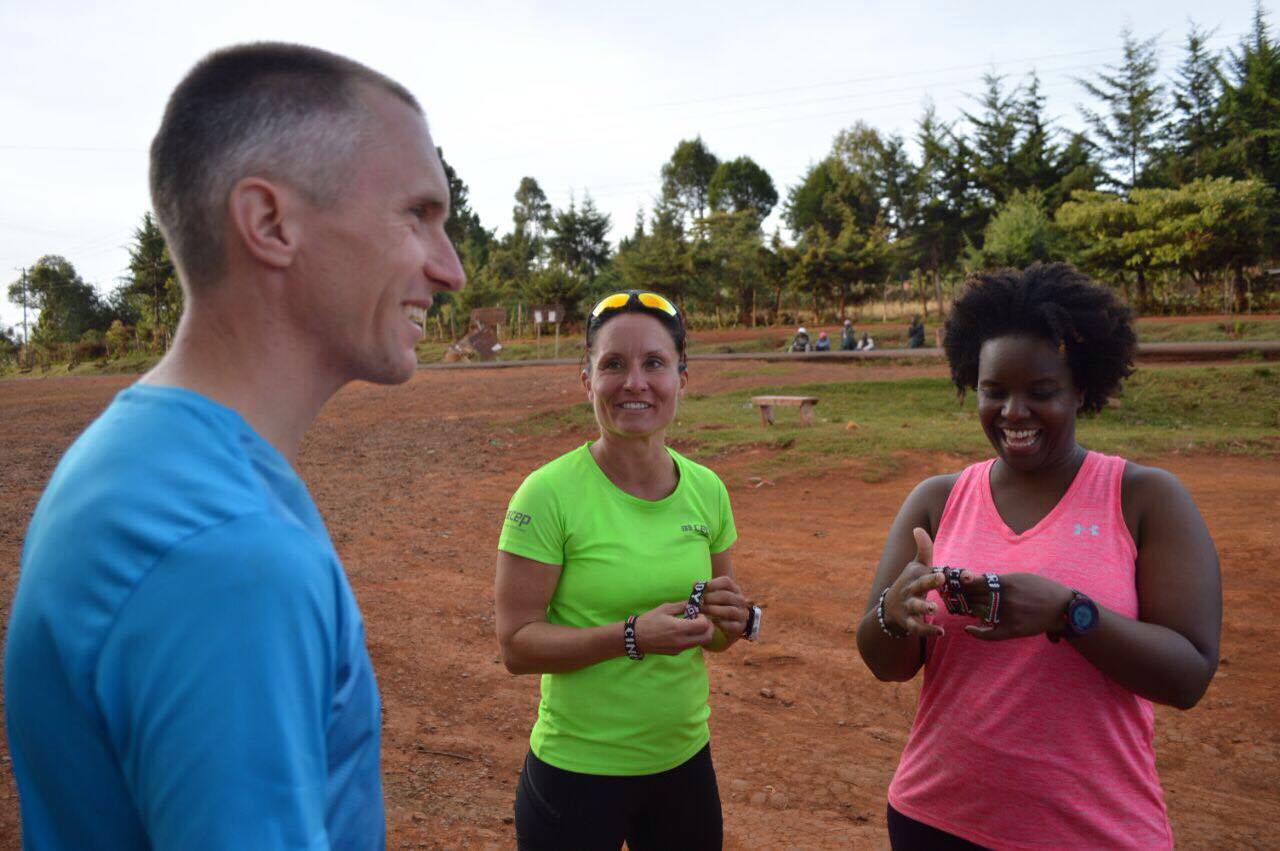
About the author
Hugo van den Broek is Head Coach for the Kenya Experience. He is responsible for leading all coaching activities on our running camps in Iten and acts as a mentor and guide to our assistant coaches. Hugo is a former international athlete with a best marathon time of 2hr 12. He represented the Netherlands on many occasions in international events, and since his retirement from competition has made a successful transition into the world of coaching.
The Kenya Experience – Running Camps in Iten Kenya for runners of all levels
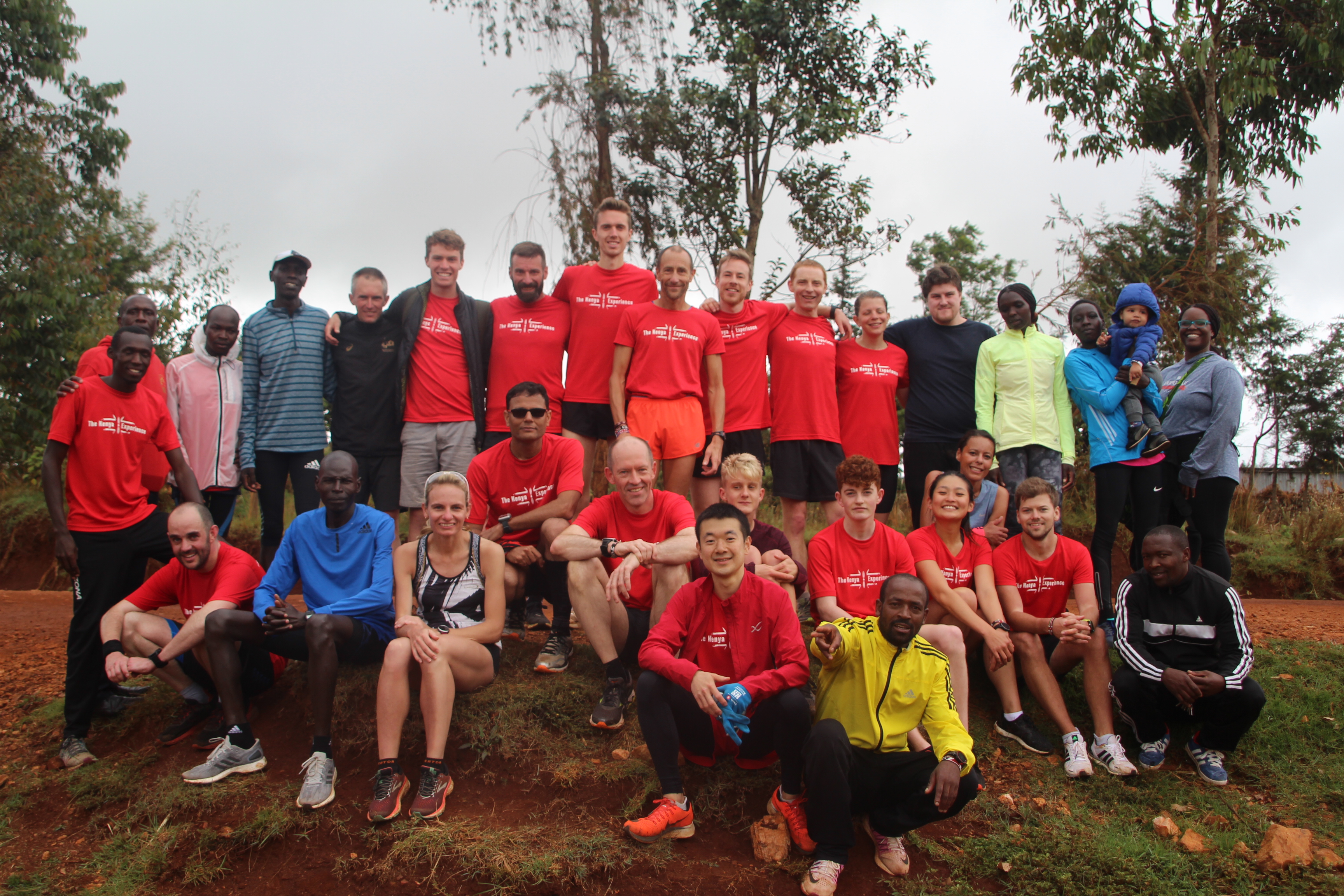
Our running camps provide an inspirational location, expert coaching and a supportive group environment for runners of all levels.With an emphasis on ‘doing it the Kenyan way’ the camps include guided runs, practical workshops and an exciting itinerary outside of the actual training itself which will immerse you inside the Kenyan running scene. You will meet and learn from top Kenyan runners & coaches and interact with the local community in Iten under the guidance of our expert staff.Want to know more? Click here for details on our training camps.

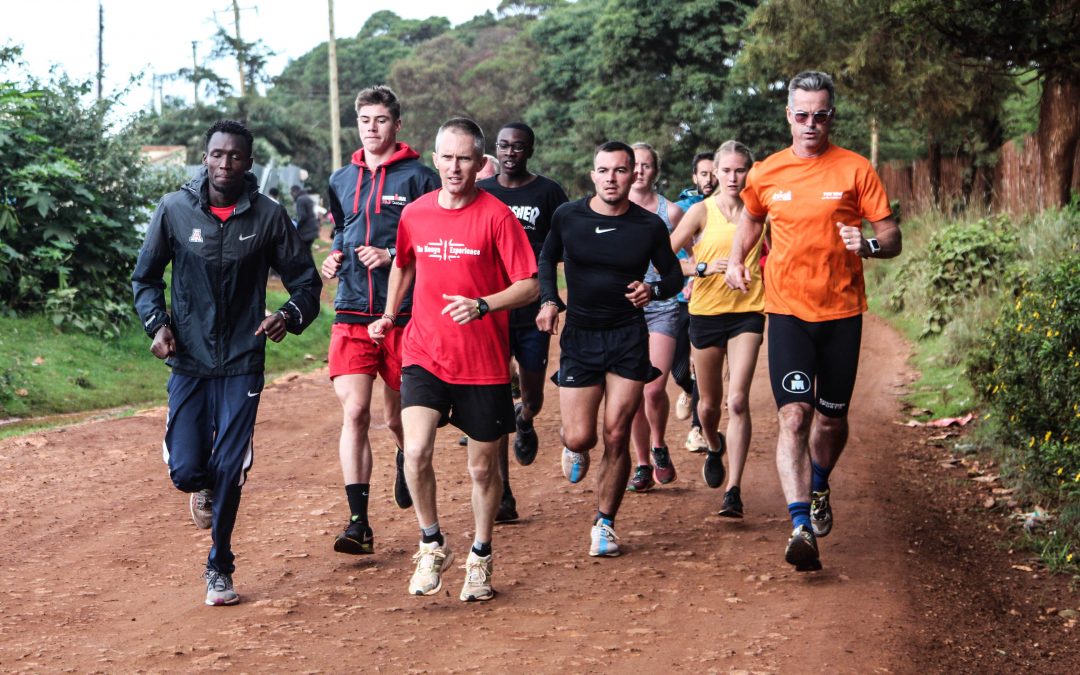
Recent Comments